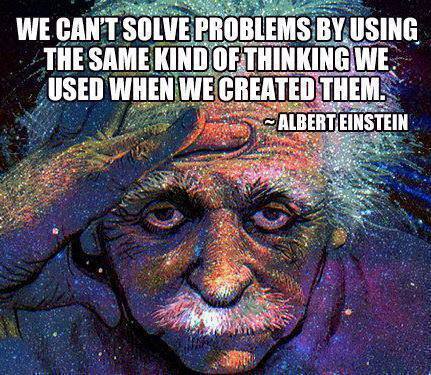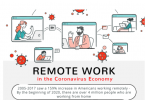aNewDomain.net — Einstein recommended solving problems in new ways rather than relying on old, tired methods. “Who will drop out?” is precisely the problem that needs a rethink. Predictive analytics is the answer. It can tell us who universities need to save and who will graduate just fine. It is the killer app of student retention. How to build a smarter campus with analytics is detailed by IBM here.
Clever data mining attempts to make this dream a reality. Colleges and Universities are finally (and it’s been a while) starting to get the message. Not everyone is a “smart” grad who runs away to join a startup. We need to use new tools, with a different kind of thinking, to arm the capable graduates in our society.

Image credit: odesk
In fact, just last year, the National Commission on Higher Education Attainment report “College Completion Must Be Our Priority” called for raising college graduation rates, noting that college populations are changing and will increasingly include older and part-time students.
The number of Americans attending college is at a historic high, but far too many never make it to graduation,” the report begins. “This is an unacceptable loss of human potential — a waste of time, resources, and opportunity. Left unaddressed, it will hinder social mobility and impede the nation’s economic progress.”
Predictive Analytics for Dummies
The book and film Moneyball introduced predictive analytics to the wider public. Brad Pitt, of course, helped cement the mathematical concept. But will it help retention rates?
Image credit: collider.com
Ever since the Moneyball craze, the general populous has been keenly aware of the benefits and value analytics brings to the world of baseball. It’s hard to imagine baseball these days without thinking about the author Michael Lewis, Brad Pitt, the Oakland A’s and analytics. Heck, even ESPN the Magazine created an entire issue dedicated to analytics.
Students at risk in university are becoming the focus of data mining. The experts say:
Although analytics has been applied to recruiting data to predict enrollments for much of the last 10 years, only recently has interest grown to apply it to student retention. Specifically, we most often hear about four retention-related uses of predictive analytics: Identifying students at risk of dropping out; Identifying course sequences and degree pathways that facilitate student retention and graduation – or, alternatively, to student attrition; Providing feedback to initiate or adjust interventions designed to keep students in school; Integrating faculty input into the overall institutional retention effort.
Read more on educational use of analytics here.

Image credit: Wikimedia
Prescriptive Analytics
The challenge is how we can make it happen. The answer? Prescriptive analytics. Not simply foresee the future, but crunch the numbers, draft a plan and make the change. Who will do this job? Of course the new rock stars — data scientists — have already begun to move to the next stage of analytics. Maybe they will carry the torch for education, from predictive to prescriptive. See the detailed chart below.

Attached development of the analytic tools. Image credit: Impact Analytics
The levels of success can also be predicted:
Students at America’s high schools, colleges, and universities are well into their first semesters. Administrators are turning their grades and their professors’ evaluations into millions upon millions of tiny data points. Much like every other field in the world, education is embracing big data — only, this time, they’re using it to determine who will thrive in college, who will fail, and who will need some extra help.”
These fields are powerful. They can not only second guess your behavior but influence it as well, as Eric Siegel writes in Predictive Analytics: The Power to Predict Who Will Click, Buy, Lie, or Die. Siegel, a former professor at Columbia University, shows how predictive analytics is “powered by the world’s most potent, booming unnatural resource: Data.”
So, what do universities do with this gold mine? They could not only have the power to predict the future “but also to influence the future.” Less dropouts equals more scientists. Or writers. Or engineers or teachers or educated politicians. Less dropouts equals a smarter, more-informed wave of society. Let’s put these numbers to work. Maybe one of the dropouts is a potential Einstein.
For aNewDomain.net, I’m David Michaelis.
Based in Australia, David Michaelis is a world-renowned international journalist and founder of Link Tv. At aNewDomain.net, he covers the global beat, focusing on politics and other international topics of note for our readers in a variety of forums. Email him at DavidMc@aNewDomain.net.














How very true. I hope that motivation will trump manipulation or we will have to learn from an unnecessary mistake.
[…] View Original: Predictive Analytics, Moneyball and Einstein: Predicting Who Will Drop Out […]
[…] Predictive Analytics, Moneyball and Einstein: Predicting Who Will Drop Out […]